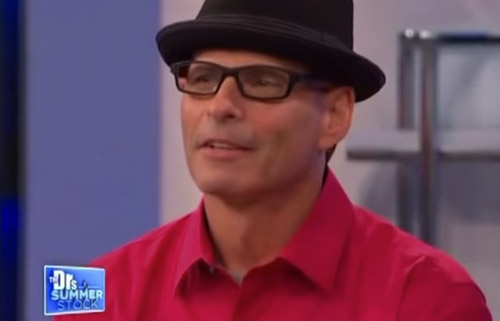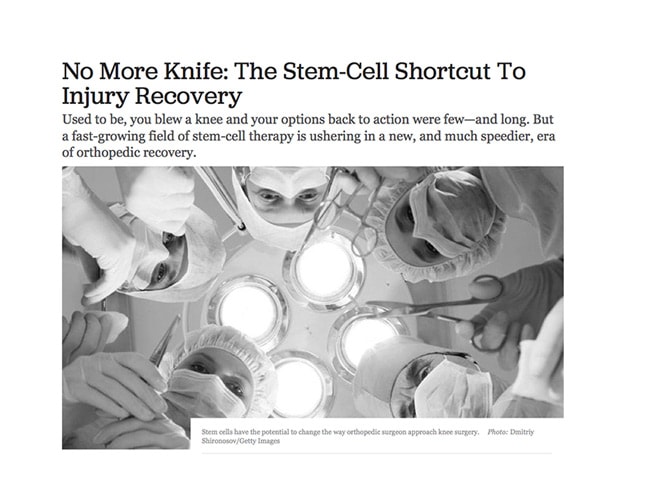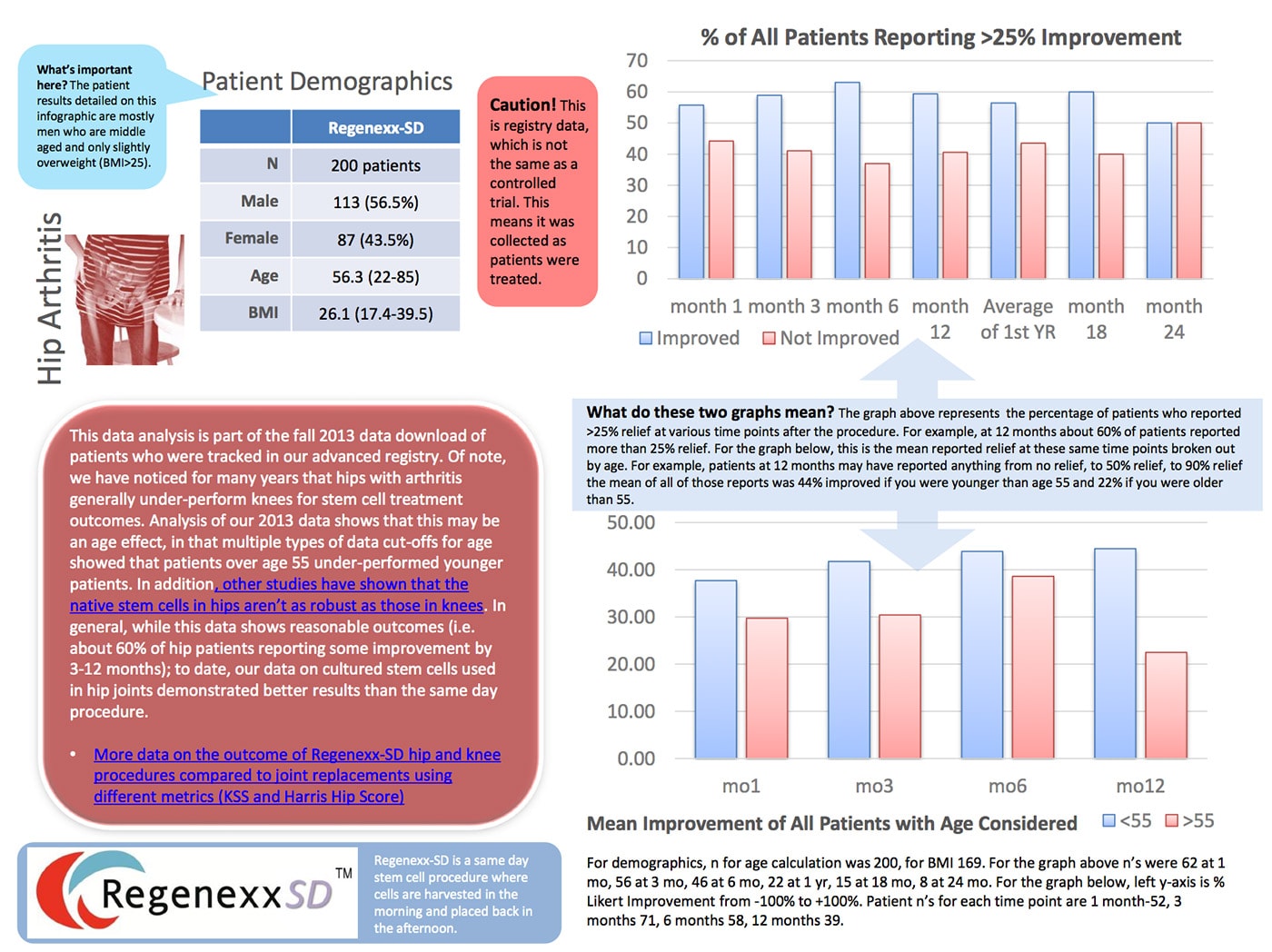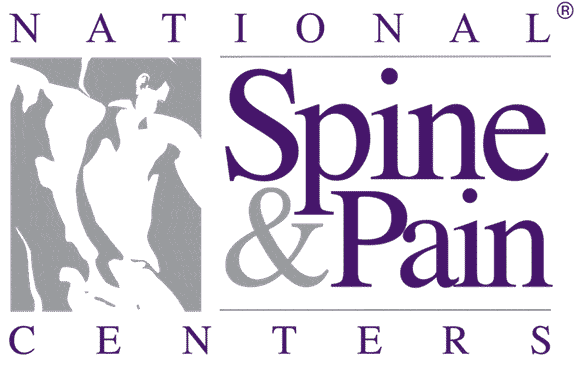
Jan 21, 2015 | Knee, News and Events, Regenerative Treatments, Stem Cell Procedures
On The Snow recently published this excellent article, showing that skiers are increasingly turning to Regenexx Stem Cell procedures to treat ACL injuries.
I entered the room where a Halloween-prop-sized needle was being cored down into the patient’s hip still skeptical that this procedure was “comfortable” and “painless” as I had read. But, after carrying on a conversation with the patient—who was, admittedly, doing much better than I at that moment, chatting calmly about feeling only pressure as the needle filled with blood—I exited the room a believer.
Read the full article at On The Snow.

Jul 16, 2014 | Regenerative Treatments, Shoulder / Rotator Cuff, Stem Cell Procedures
The July 15th 2014 episode of The Doctor’s features a former two time Olympic pairs figure skater medalist, Lloyd Eisler who has had a failed rotator cuff surgery. Lloyd injured his shoulders while spending a lifetime lifting his skating partners and had a surgery several years ago. Now a father and active Hockey player, he reinjured his rotator cuff and was told he needed another surgery. His wife (the original Buffy the Vampire Slayer actress – Kristy Swanson) knew an actor colleague who used the Regenexx procedure to successfully treat his rotator cuff, so Lloyd chose a non-surgical route this time.
The show features Dr. Centeno, the developer of the Regenexx procedures as well as Dr. Blecher, the Regenexx network physician who treated this patient near their home in Los Angeles. Dr. Centeno explains how the procedure works in the studio with Dr. Travis and then the piece cuts to the procedure with Dr. Blecher. The piece ends with a discussion of the procedure with Dr. Centeno and Lloyd and a plea from his actress wife to avoid yet another shoulder injury!

Mar 17, 2014 | Knee, Stem Cell Procedures
OutsideOnline Magazine just posted a nice article that looks at the Regenexx same-day stem cell procedure for treating ACL tears and the coming wave of biologic treatments that my replace many of the traditional surgeries performed today.
[symple_button color=”blue” url=”http://www.outsideonline.com/fitness/bodywork/the-fit-list/Will-Stem-Cell-Treatments-Replace-Surgery.html” title=”Visit Site” target=”blank” border_radius=””]Read the Article at OutsideOnline[/symple_button]

Jan 21, 2014 | Elbow, Hip, Knee, News and Events, Shoulder / Rotator Cuff, Stem Cell Procedures
As Regenexx Network Physicians, we’re part of the only stem cell treatment network to publish this type of analysis of patient outcome data. The analysis is made possible thanks to the massive numbers that have been accumulating for years in the Regenexx patient registry.
This patient outcome data is not part of a controlled trial. Every patient becomes part of a registry to track outcomes and any complications. This data is a compilation of patient input to the Regenexx Patient Registry at regular intervals following their Regenexx Procedure.
Jan 21, 2014 | Articles by Body Part, Knee, News and Events, Regenerative Treatments, Stem Cell Procedures
A nice article was recently published at snocountry.com, questioning whether stem cell treatments for the ACL are a “quantum shift” in medicine. Stem cell therapy has shown promising results when compared to traditional surgeries for non-retracted ACL tears and injuries. We are proud to be on the leading edge of these new treatments and articles like these will become more commonplace as athletes become more aware of less invasive alternatives to heal common injuries.
Bob Wislow, 68; Bruce Snyder, 42; and Jacob Gillis, 19, all sought an alternative to surgery that enabled them to regain their high level of activity and remain pain free.
Snyder is a runner, cyclist, and weekend warrior, who tore his meniscus playing soccer. Colorado University student Jacob Gillis, 19, was skiing last spring when he landed awkwardly and heard a “pop” in his knee. An MRI of the ACL (anterior cruciate ligament) showed a partial tear.
Read the complete article at SnoCountry Online
Jan 2, 2014 | Knee, Platelet Lysate, Prolotherapy, PRP, Stem Cell Procedures
Pain Relief through Superior Technology
At StemCell ARTS, we often see patients who have had problems associated with knee surgery, such as a torn meniscus needing repair, surgery to correct an ACL injury or a procedure associated with osteoarthritis. Many of these patients did not experience the results they were hoping for and feel that the surgery has failed. In many cases, the surgery actually did not fail; it just did not go far enough into resolving all of the problems that the patient’s knee joint was experiencing.
Take the example of a torn meniscus surgery. The surgery may have been successful in removing the piece of meniscus that was torn, but it did nothing to address the additional instability in the knee, cartilage wear, or potential tendonitis that the patient might have. These types of issues can cause just as much knee pain as what the patient was experiencing from the initial injury.
Video: Treating Failed Knee Surgeries:
[youtube id=”AjlF-T8VZ0s” width=”600″ height=”350″]
How We Find Additional Knee Issues
The physicians at StemCell ARTS can help diagnose additional knee issues that might still exist after surgery. To confirm the existence of further knee injuries, a local anesthetic or nerve block can be administered to accurately pinpoint whether a certain area is the source of the pain. If pain is relieved, it contributes toward confirming the initial diagnosis. The final diagnosis is confirmed through a review of patient history, a physical examination and other innovative diagnostic procedures. Once diagnosed, a treatment plan, utilizing part or all of the following, can be developed to promote healing.
Stem Cell Therapy: The Process
Stem Cell therapy can be used to help complete the final stages of healing within a knee injury. Stem Cell Therapy makes use of the supply of stem cells available in the body to help repair injured and degenerated tissues. The easiest place to harvest these stem cells is from the back of the hip area, under ultrasound or x-ray guidance. This harvesting procedure is well-tolerated by patients and not considered difficult as many patients claim it is not painful.
After bone marrow blood is drawn, it is centrifuged to concentrate and purify the stem cells, as each stem cell specimen is custom designed to meet the needs of the specific injury. Utilizing either fluoroscopy or ultrasound, the stem cells are precisely injected into the injured site to improve the likelihood that stem cells will adhere to the damaged area and promote healing. After the stem cells are placed, concentrated platelets and other adjuvants are injected to stimulate the stem cells to multiply, and then transform into the repair cells needed to regenerate new cartilage. The platelets are injected again two to five days later to keep the stem cells activated and promote additional healing.
Platelet Rich Plasma
Platelets initiate tissue repair by releasing growth factors. These growth factors start the healing process by attracting cells that repair injuries, including critical stem cells. At StemCell ARTS, our Platelet Rich Plasma Therapy (PRP) intensifies this process by delivering a higher concentration of platelets. The therapy involves a small sample of the patient’s blood, placed in a centrifuge to separate the platelets from the other blood components. The concentrated PRP is then injected into problem areas such as weakened ligaments, injured joints or poor muscle attachments, thus significantly strengthening the body’s natural healing tendencies. StemCell ARTS process for PRP is much different and sets us apart from all others. Because our samples are all hand-processed, we are able to produce PRP that is free of contaminating red and white cells, which can inhibit repair. This same special process also allows us to customize the concentration and volume for each individual and each injury type. This greatly improves patient outcomes. Sometimes just a single injection of PRP will help the knee go through the final stages of repair.
Platelet Lysates
Platelets in the blood release tissue growth factors that aid in the healing process. Normally this occurs slowly over time, but a Platelet Lysate solution that is high in concentration of growth factors can be released immediately into the body. The result is a targeted, faster healing process.
Prolotherapy
Injected three to five days before the stem cells, Prolotherapy contains a solution of concentrated dextrose and a local anesthetic (steroids are not used). This Prolotherapy solution stimulates the body’s natural ability to repair damaged tissue, encouraging new growth and creating a positive environment into which the stem cells are placed.
By introducing additional growth factors, the hidden knee damage that might be present after a failed surgery can finally be encouraged to heal. These treatments can be the key to finally relieving knee pain in a way that marks a real transformation in the patient’s level of mobility and a return to normal life.




